Majestic trees, some of the most iconic species on the planet, are now facing the threat of extinction. Human activities, environmental changes, and invasive species are pushing them to the brink. Each tree species plays a vital role in its ecosystem, and their loss could have far-reaching consequences. But there’s still hope. Through sustainable forestry practices, habitat preservation, and reforestation efforts, we can help save these magnificent trees. Below are some of the most threatened trees and what can be done to protect them.
Baobab (Adansonia spp.)

Baobabs are towering giants native to Africa, Madagascar, and Australia, known for their enormous, water-storing trunks. These trees can live for thousands of years, providing shelter, food, and water in arid landscapes. However, deforestation and climate change threaten their survival. Reforestation projects and sustainable land use practices can help protect these ancient trees. Local initiatives that plant new Baobab saplings are essential for restoring populations.
Eastern Hemlock (Tsuga canadensis)
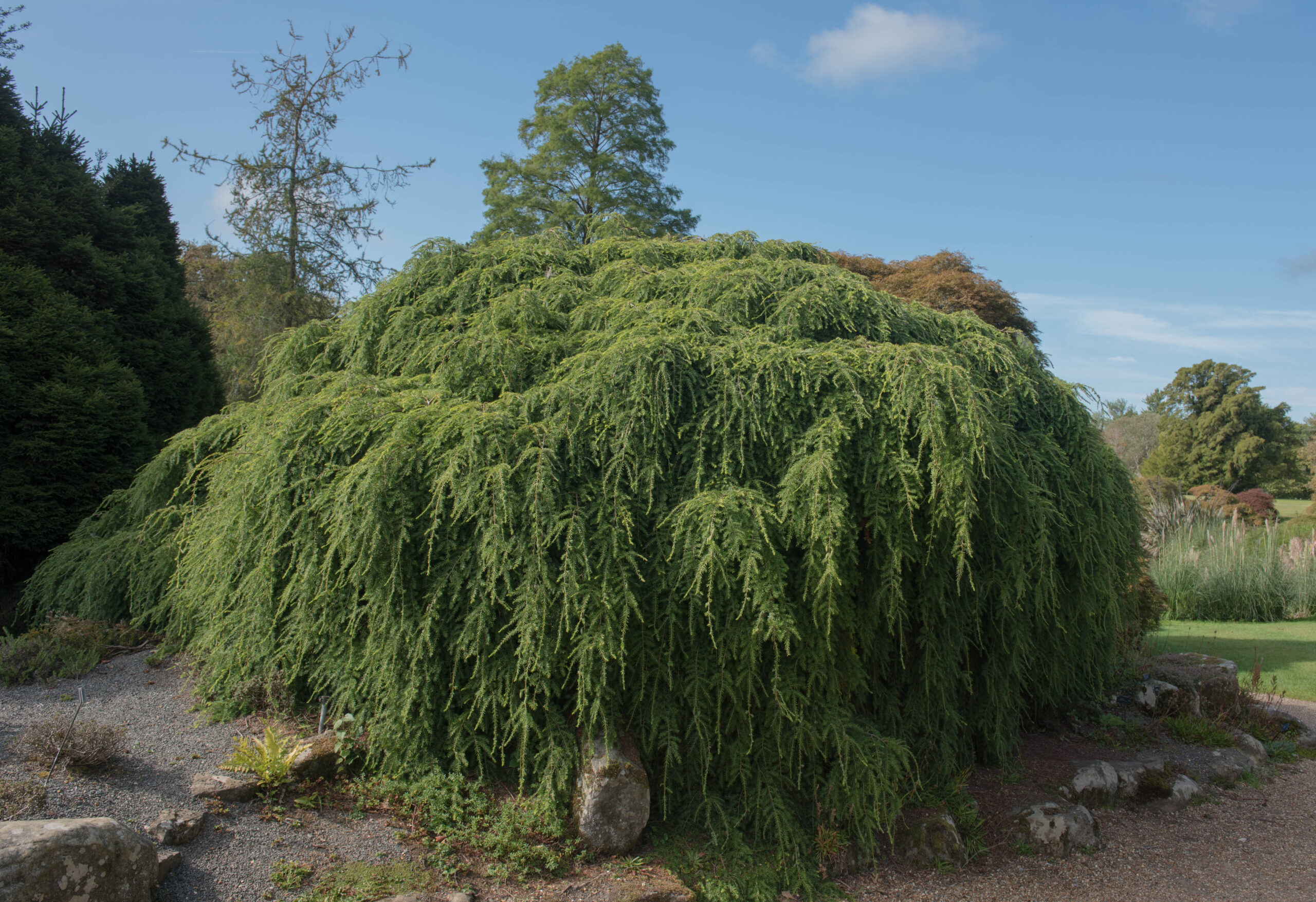
Eastern Hemlocks, with their elegant evergreen branches, are a key part of North American forests. Unfortunately, they’re under attack from the invasive Hemlock Woolly Adelgid, an insect that weakens and eventually kills the trees. Chemical treatments and the introduction of natural predators offer some hope. Conservation groups are working to protect existing populations and replant new seedlings to help the species recover.
African Blackwood (Dalbergia melanoxylon)
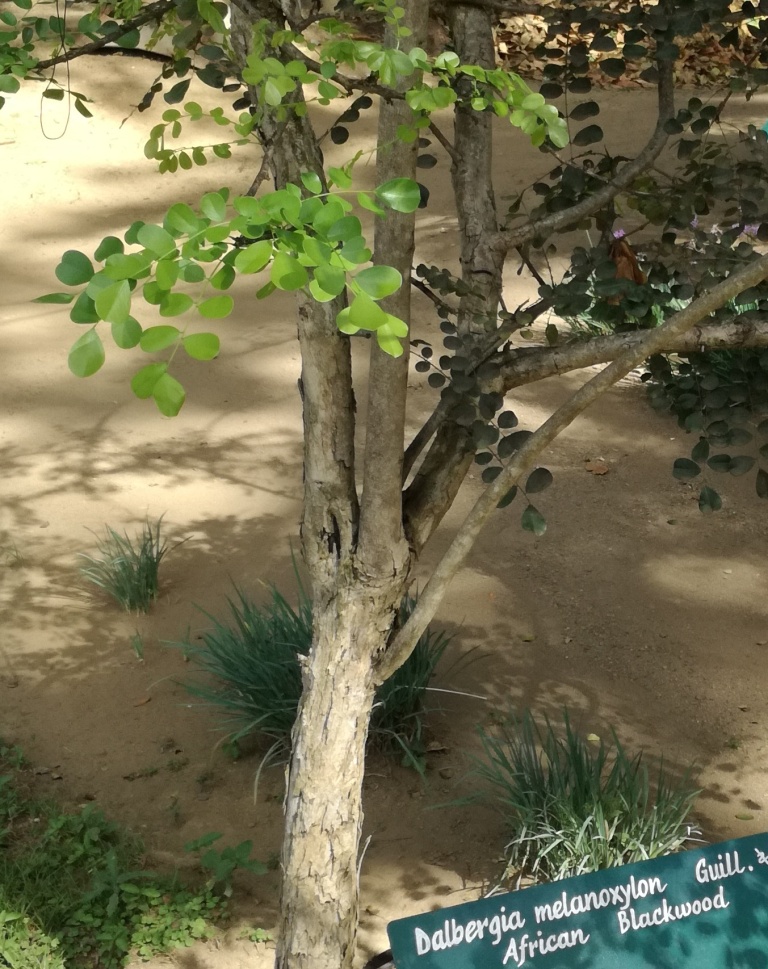
Renowned for its dense, dark wood, African Blackwood is highly prized in the production of musical instruments and fine furniture. This has led to overharvesting, especially in East Africa, where illegal logging has decimated populations. Conservation efforts are now focused on sustainable forestry and replanting programs. By supporting certified sustainable sources, we can help restore this valuable species.
Monkey Puzzle Tree (Araucaria araucana)

Native to Chile and Argentina, the Monkey Puzzle Tree is a prehistoric species with distinctive spiky branches. Logging and habitat destruction have reduced its numbers, pushing it towards endangerment. Protecting its native forests and expanding reforestation efforts are critical. Organizations are working with local governments to secure protected areas and promote the planting of new trees.
Hawaiian Acacia (Acacia koa)
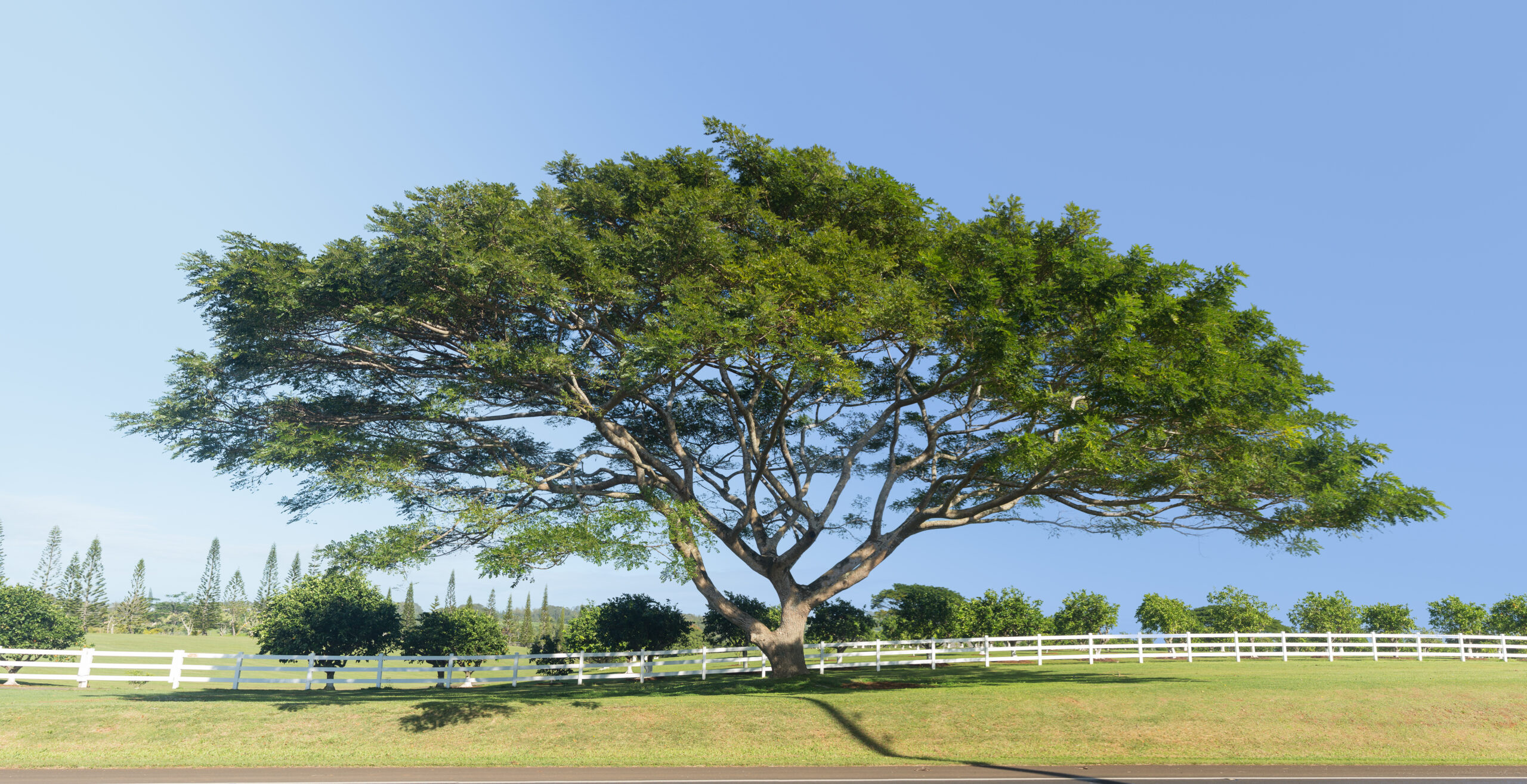
The Hawaiian Acacia, or Koa tree, is a symbol of Hawaiian culture, often used for canoes and furniture due to its strong, beautiful wood. Habitat loss and overharvesting have reduced its numbers significantly. Sustainable forestry programs and dedicated Koa plantations are key strategies to ensure its future. Educating the public about the value of preserving native Hawaiian forests is also important for its survival.
Atlantic White Cedar (Chamaecyparis thyoides)
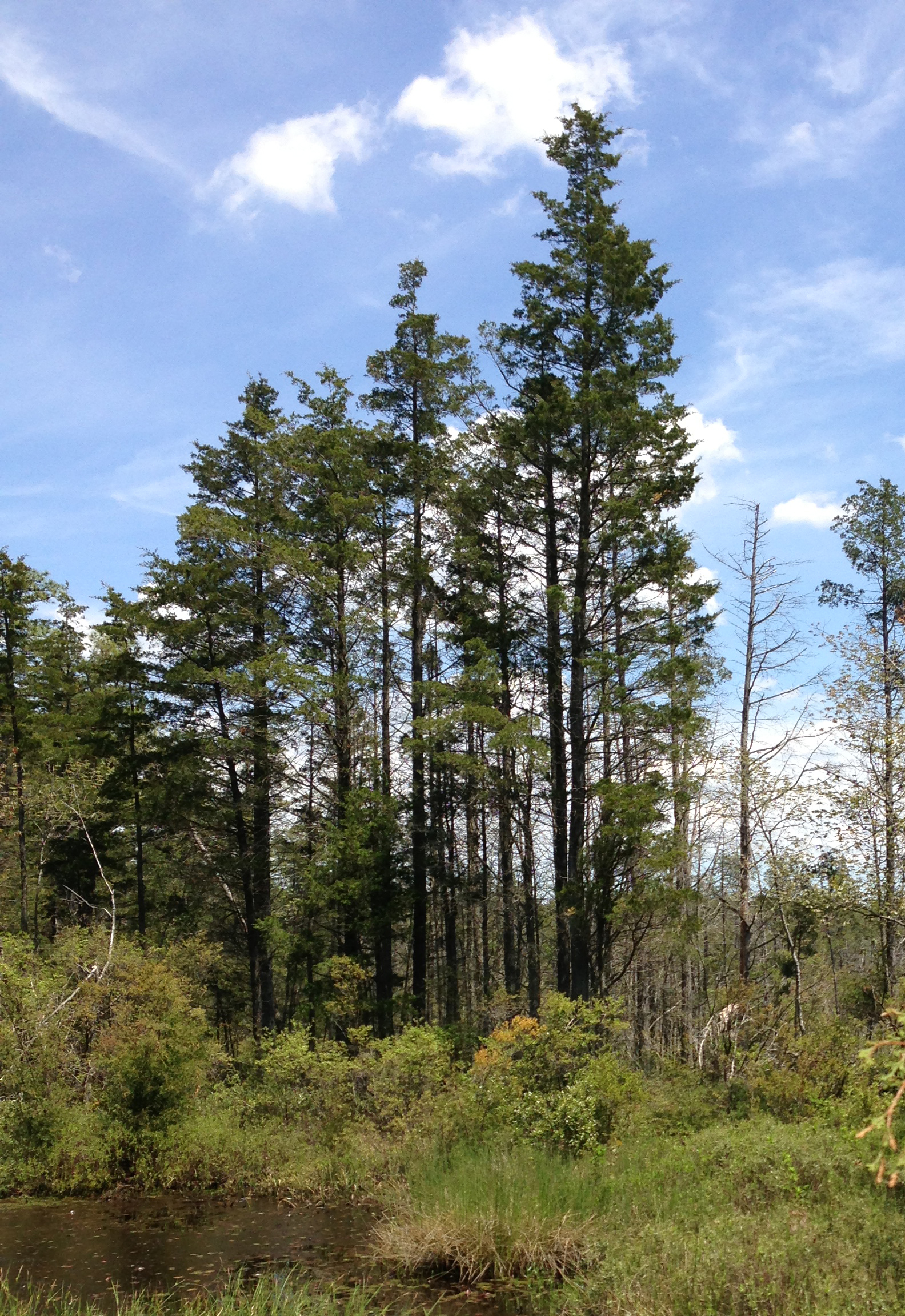
This cedar thrives in the wetlands of the eastern United States, but draining of these habitats and commercial logging have drastically reduced its numbers. Restoration projects aim to revive wetlands and replant trees in areas where they’ve been lost. Preserving water quality in these areas is also crucial for the health of these ecosystems.
Mahogany (Swietenia macrophylla)
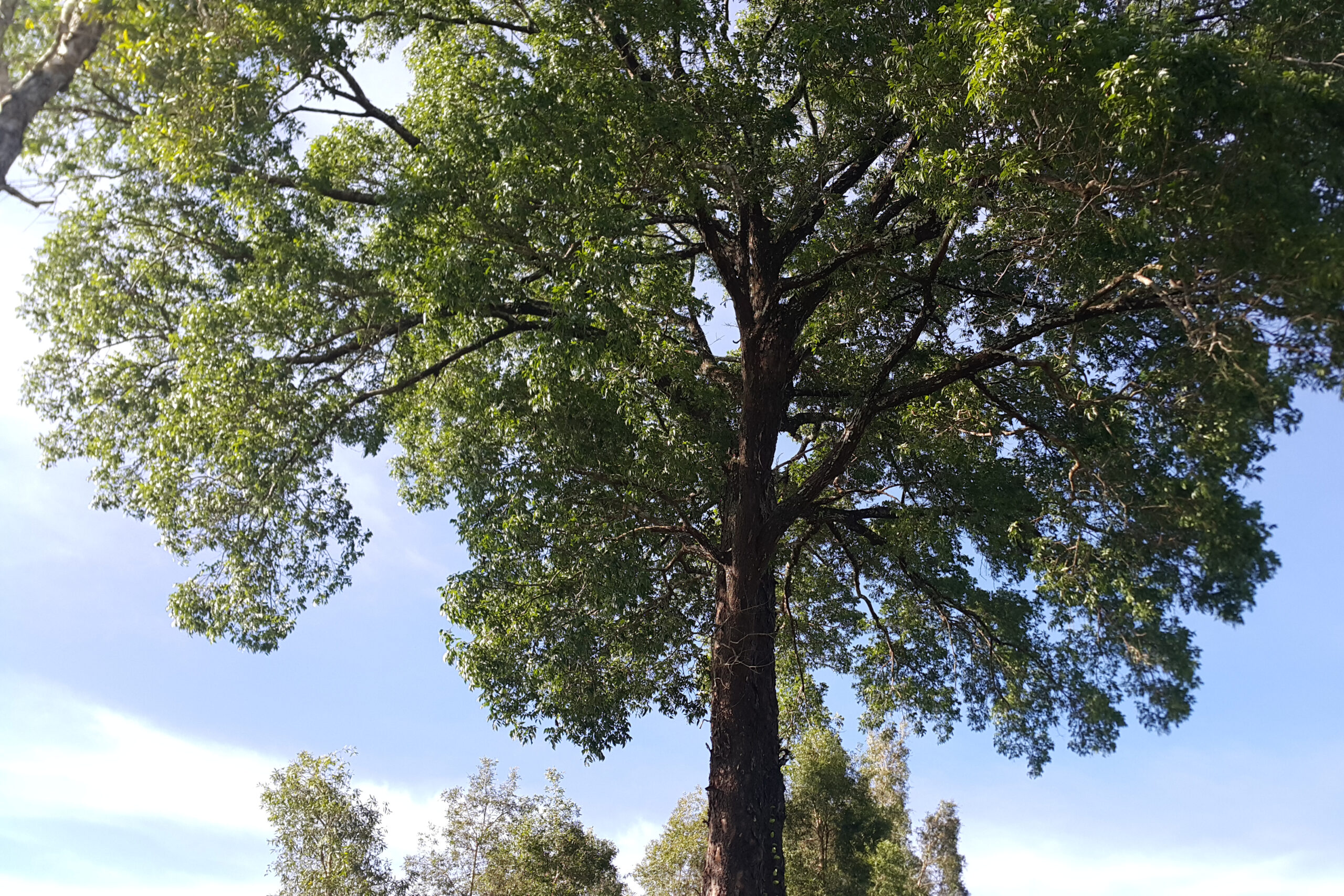
Mahogany is one of the most prized hardwoods in the world, known for its rich color and durability. Unfortunately, overlogging, particularly in South and Central America, has brought the species to the brink. Conservation efforts include strict regulation of the timber trade, sustainable harvesting methods, and tree replanting programs. Consumers can support these efforts by purchasing certified, sustainably sourced Mahogany products.
Ebony Tree (Diospyros spp.)
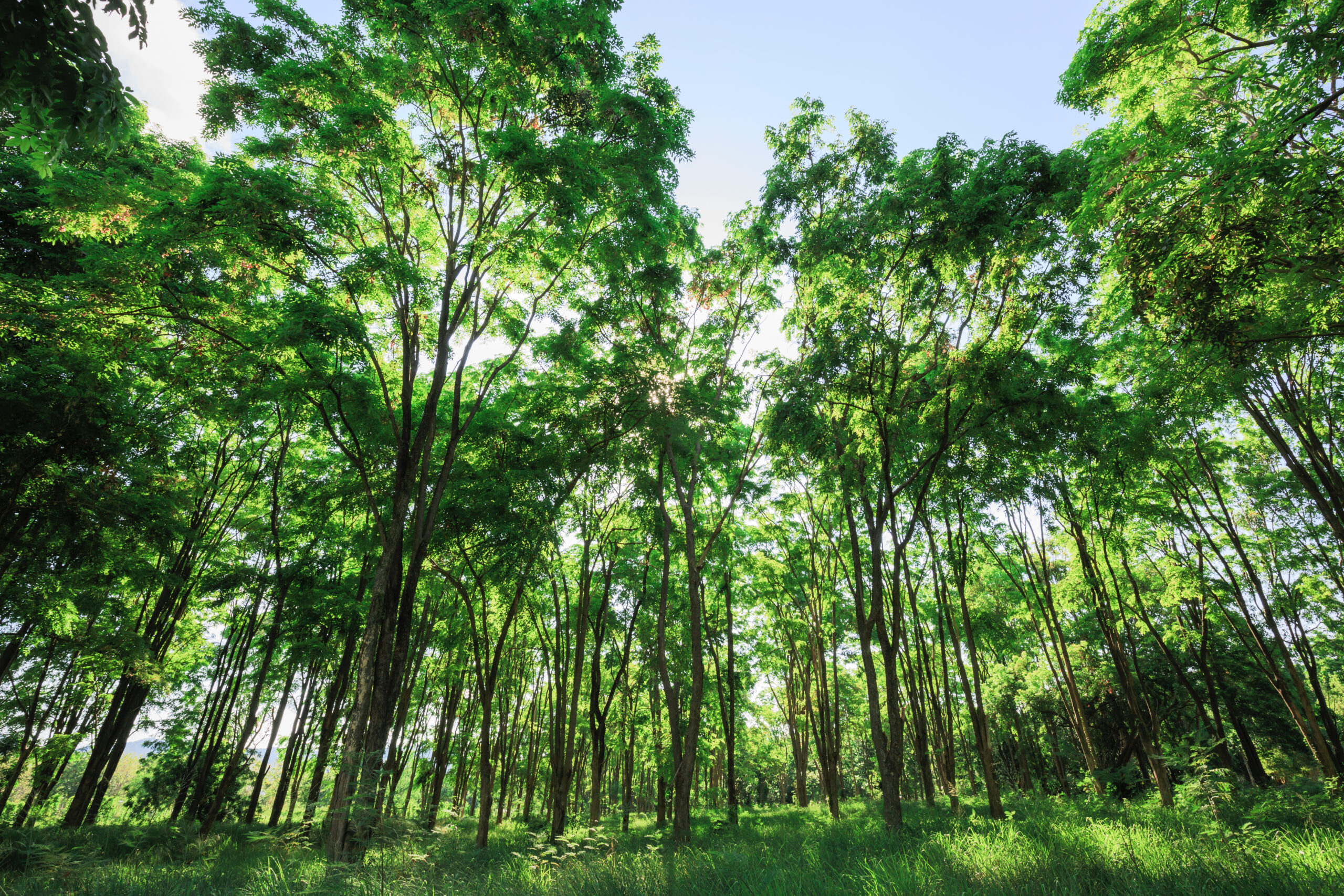
The Ebony Tree, renowned for its dark, dense wood, is commonly found in tropical regions. Its wood is highly sought after for use in furniture and musical instruments. Overharvesting and illegal logging have led to significant population declines. Conservation efforts now focus on regulating trade and encouraging the cultivation of ebony in controlled environments. Reforestation programs also play a key role in replenishing these slow-growing trees.
Chilean Wine Palm (Jubaea chilensis)

The Chilean Wine Palm is one of the tallest and longest-living palms, native to central Chile. Its slow growth and the over-extraction of its sap for palm wine production have made it vulnerable. Habitat protection and controlled cultivation are essential for its survival. Efforts to establish protected areas and promote sustainable harvesting are helping to stabilize its population.
Spanish Fir (Abies pinsapo)
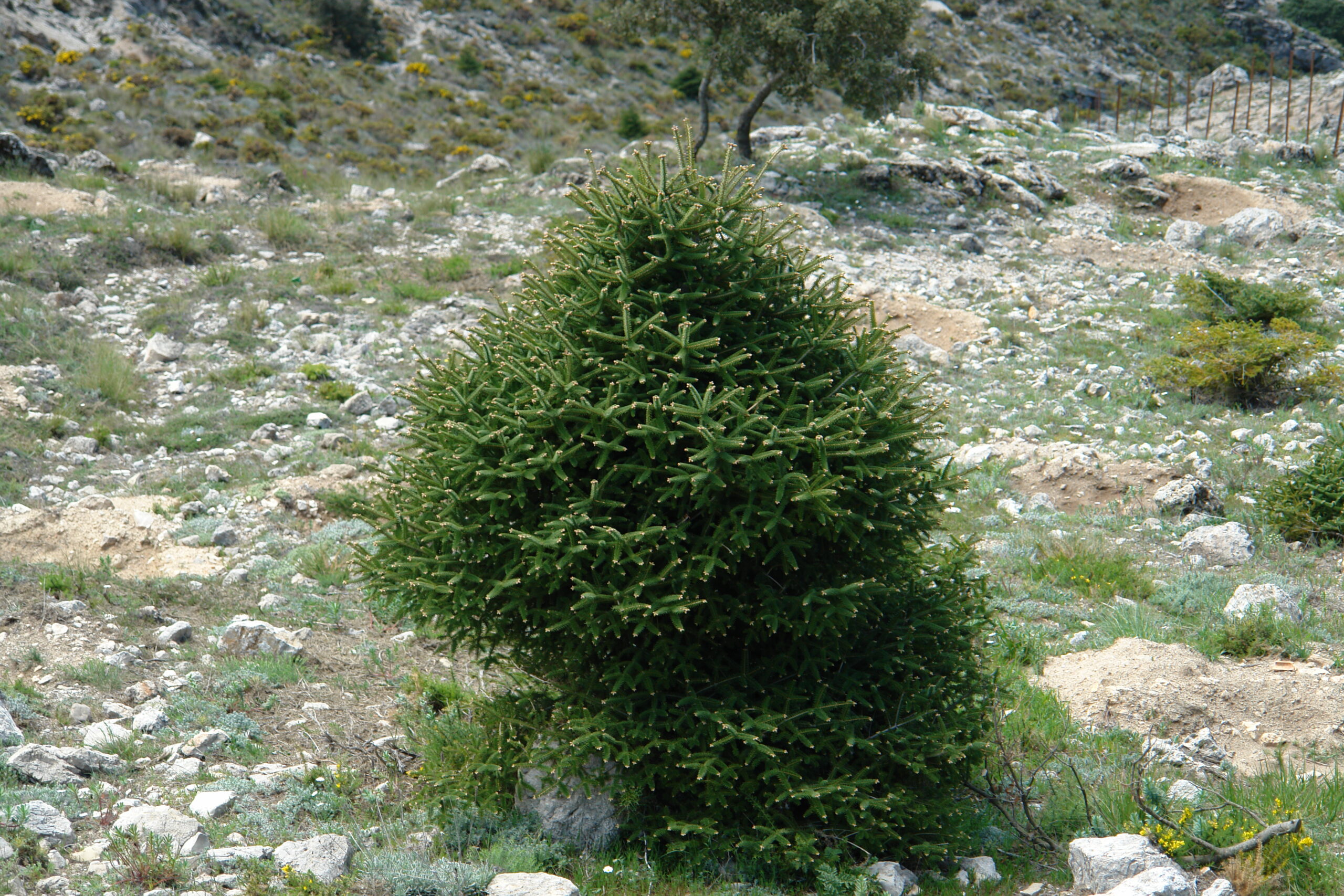
Found in the mountains of southern Spain, the Spanish Fir is a unique conifer with striking blue-green needles. This tree is highly susceptible to climate change, and rising temperatures are pushing it towards extinction. Conservationists are working to preserve its remaining habitats and introduce reforestation programs. Protecting these mountain ecosystems from further degradation is crucial for its survival.
Blue Ash (Fraxinus quadrangulata)
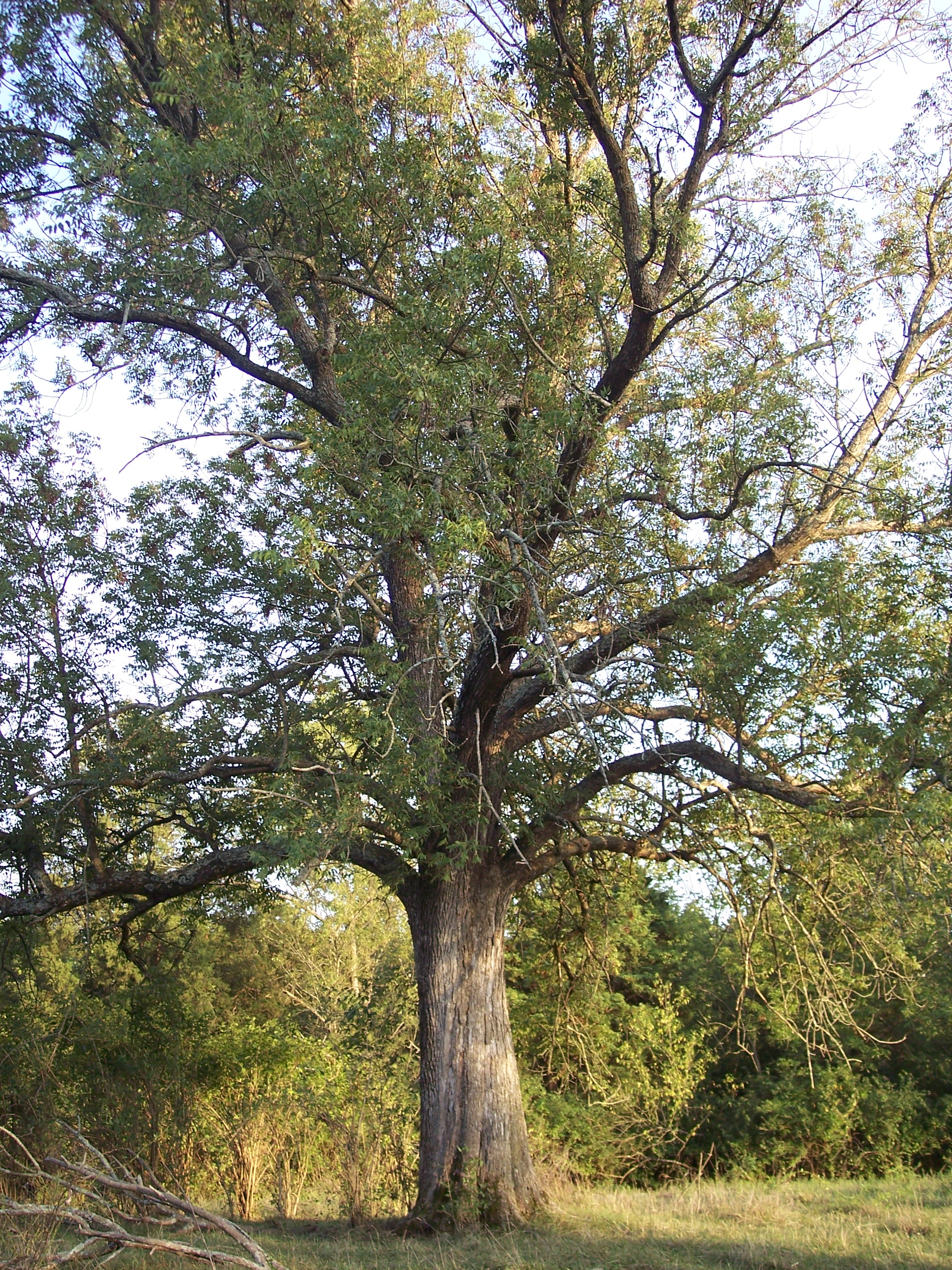
Blue Ash, native to the central United States, is known for its distinctive blue-tinted wood. Unfortunately, the invasive Emerald Ash Borer is devastating populations. Biological control measures and replanting efforts are being implemented to combat this pest. Local initiatives are working to preserve remaining trees and develop resistant strains to ensure the species’ future.
Mexican Weeping Pine (Pinus patula)
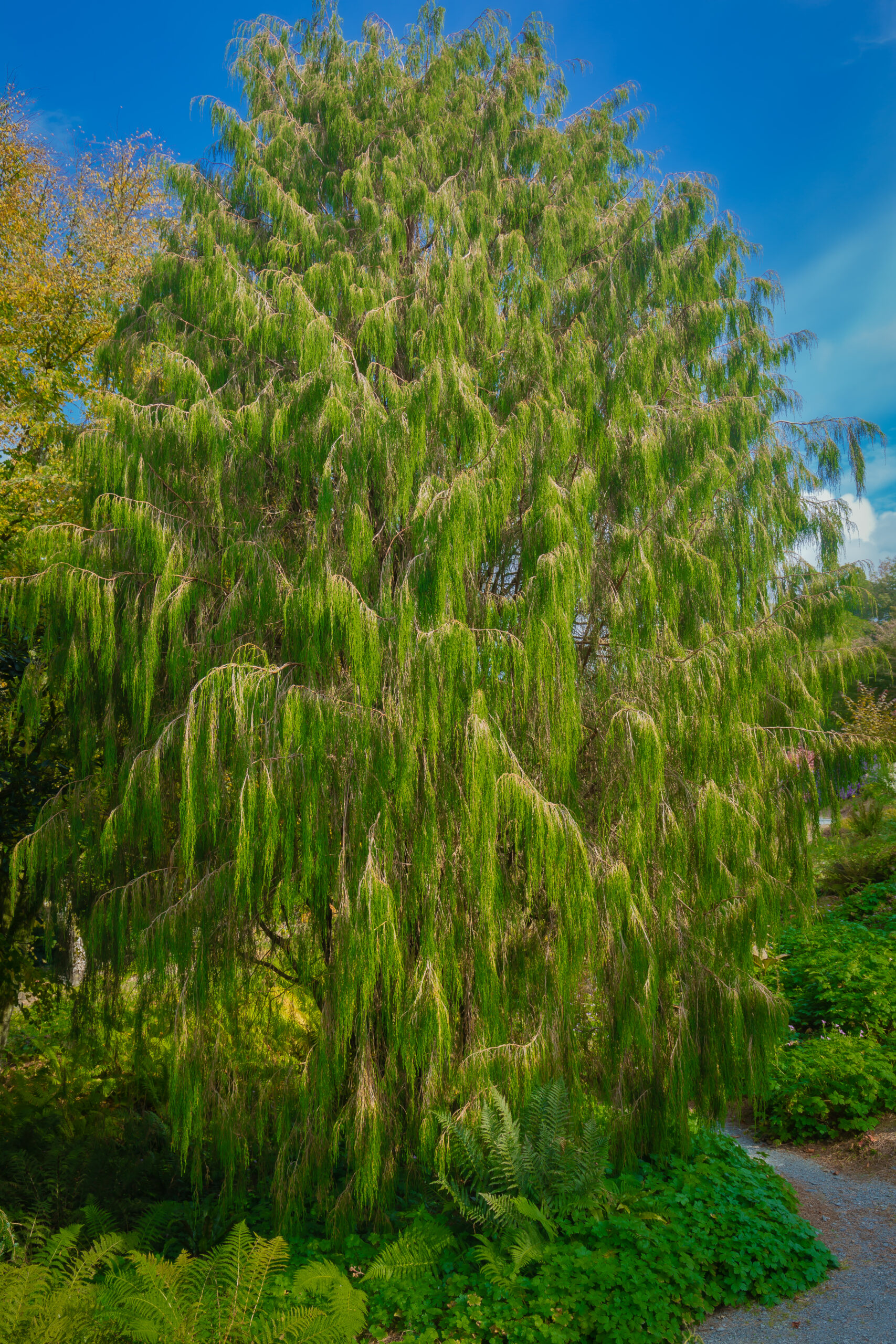
The Mexican Weeping Pine is valued for its long, graceful needles and is commonly found in Mexico’s highlands. Overlogging for timber and agricultural expansion have contributed to its decline. Sustainable forestry practices and dedicated reforestation programs are essential for its recovery. Local communities are also being encouraged to adopt agroforestry methods to protect the tree’s habitat.
Fraser Fir (Abies fraseri)
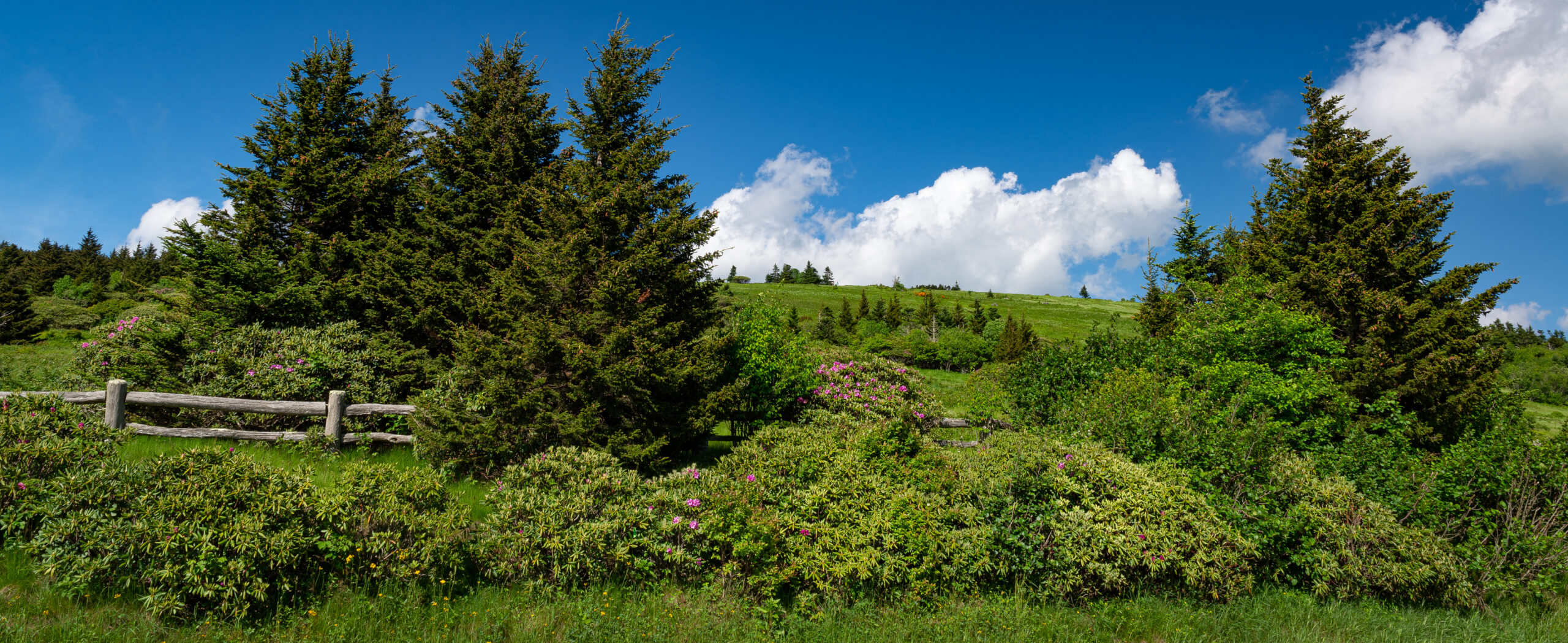
Fraser Fir, native to the Appalachian Mountains, is a popular choice for Christmas trees. Unfortunately, it’s under threat from an invasive pest, the Balsam Woolly Adelgid. Conservationists are focusing on breeding pest-resistant trees and implementing pest management strategies. Efforts to protect its mountain habitat are also critical for its long-term survival.
Ulmo (Eucryphia cordifolia)
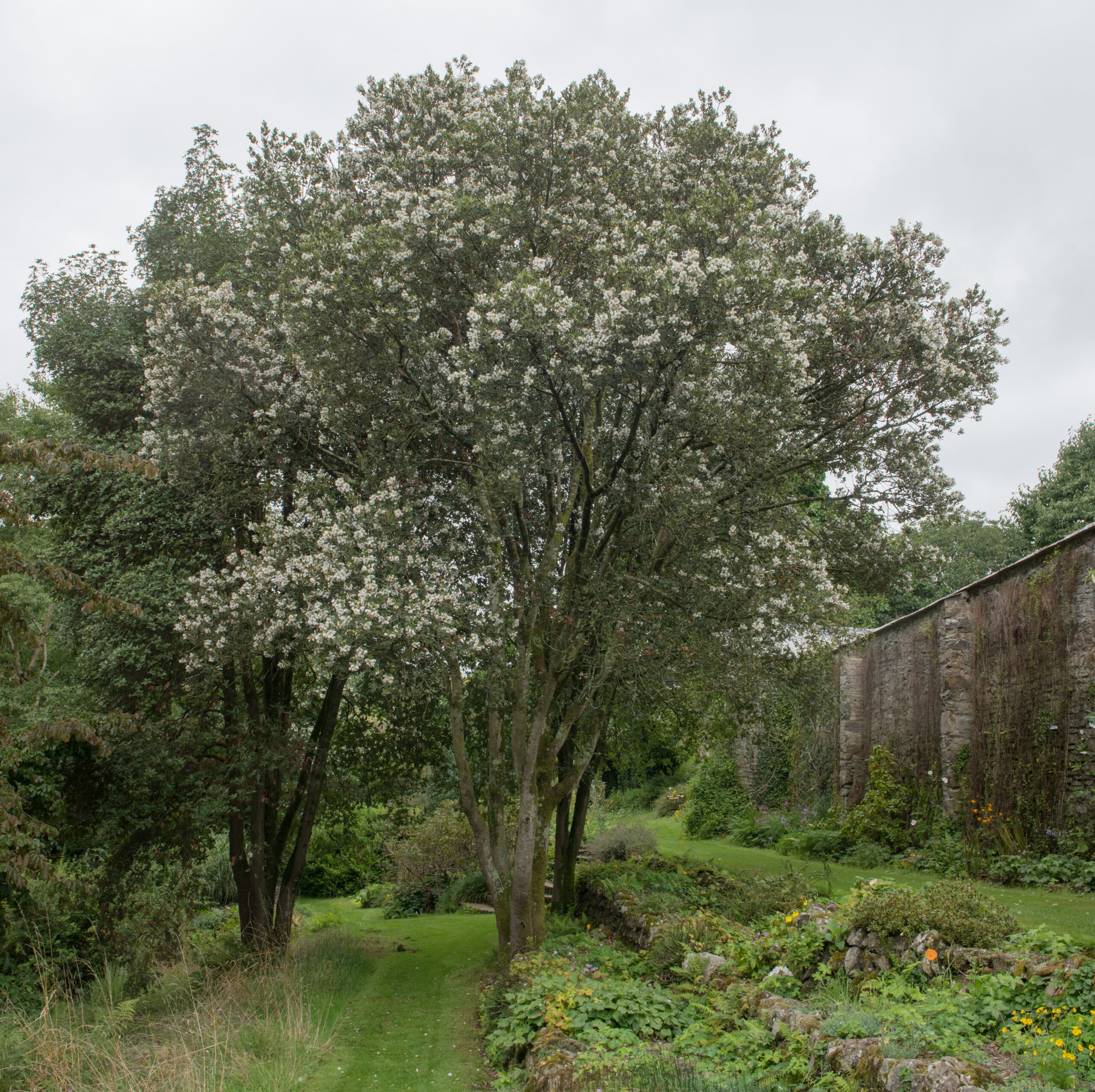
The Ulmo tree, native to the temperate rainforests of Chile and Argentina, produces beautiful white flowers and valuable honey. Deforestation for agriculture has reduced its natural range significantly. Conservation projects aim to restore forested areas and promote sustainable honey production. Replanting initiatives and habitat protection are key to saving this species from extinction.
Pencil Cedar (Juniperus procera)
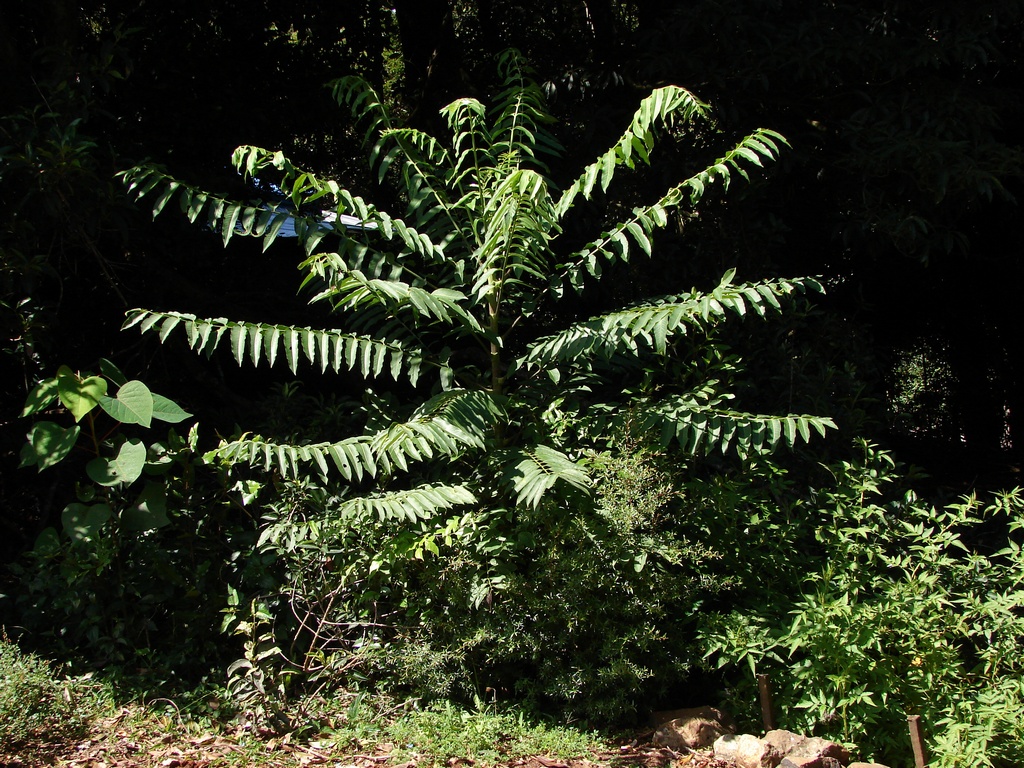
Pencil Cedar, native to East Africa, is highly valued for its durable wood and resistance to termites. Overharvesting for construction and firewood has led to a significant decline in its population. Deforestation also threatens its natural habitat. To protect this species, sustainable forestry practices and reforestation initiatives are being implemented in several regions. Local communities are encouraged to use alternative materials to reduce dependence on this endangered tree.
Tembusu (Fagraea fragrans)
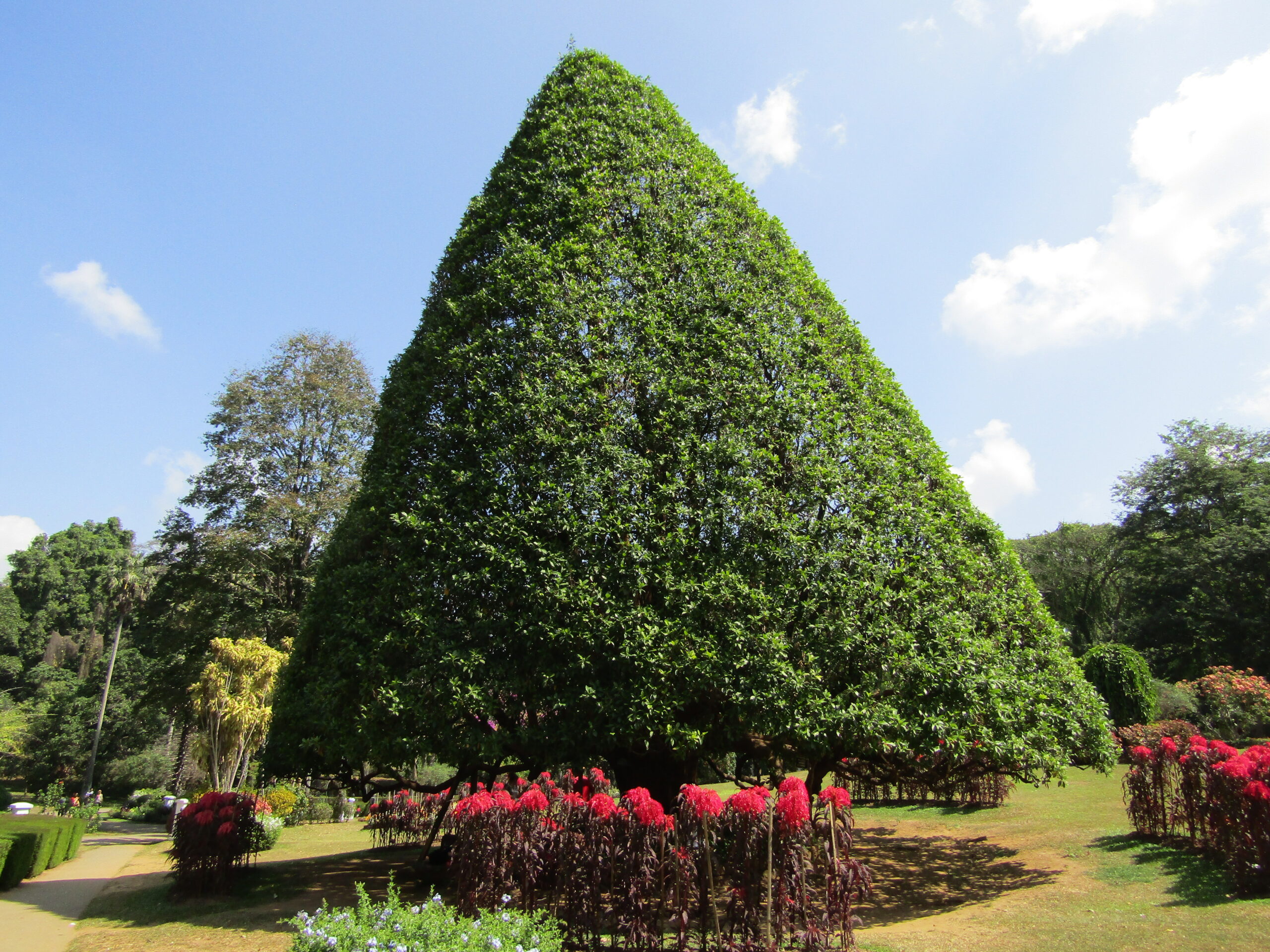
Tembusu, known for its fragrant flowers and strong wood, is native to Southeast Asia. It is often used in traditional medicine and for timber. Habitat destruction due to urban development and agriculture has put this species at risk. Conservation efforts now focus on protecting remaining forests and promoting the planting of Tembusu in urban landscapes. Educating the public about its cultural significance is also key to ensuring its protection.
Honduras Rosewood (Dalbergia stevensonii)
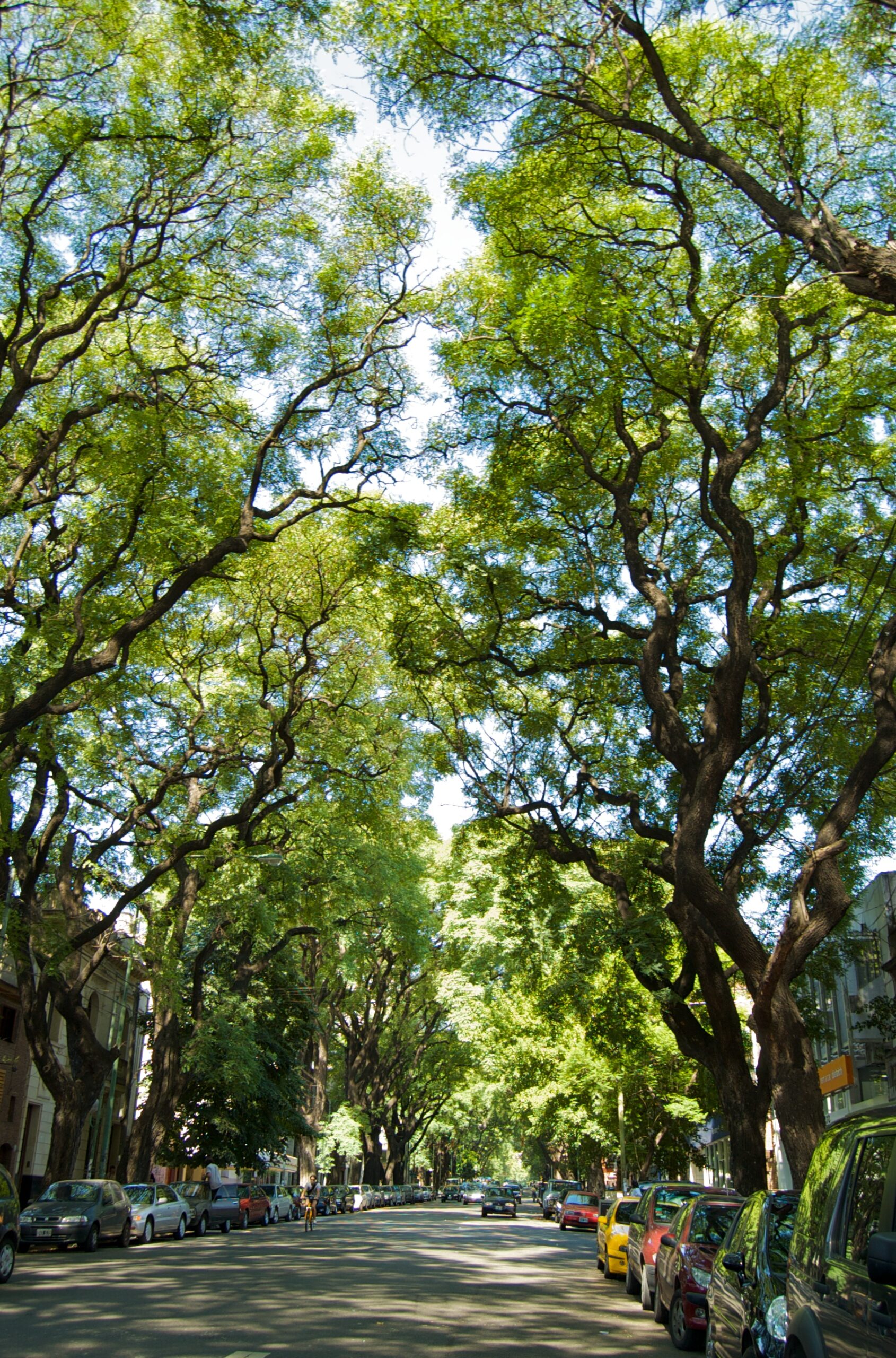
Honduras Rosewood is prized for its rich, dark wood, commonly used in crafting musical instruments. Illegal logging has severely impacted its population in Central America. Conservationists are working to establish sustainable harvesting methods and protect remaining forests. Efforts to regulate trade through international agreements like CITES have also been put in place to control illegal exports and allow the species to recover.
Dragon’s Blood Tree (Dracaena cinnabari)
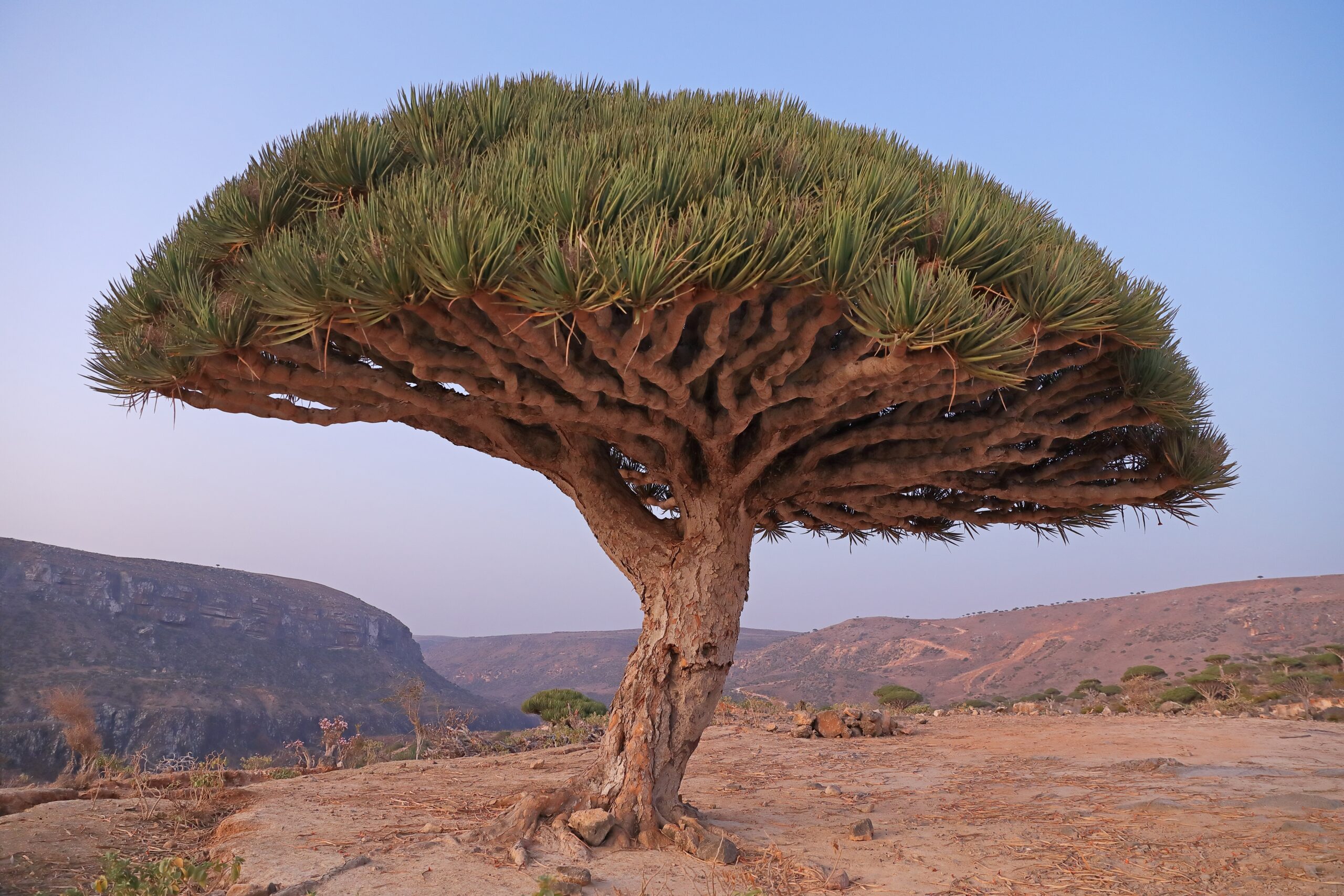
The Dragon’s Blood Tree, with its unique umbrella-shaped canopy, is native to the Socotra archipelago in Yemen. It produces a red resin used in traditional medicine and cosmetics. However, habitat loss and overharvesting have placed it in danger. Reforestation projects and efforts to protect its native habitat are crucial for its survival. Sustainable harvesting practices for the resin are also being promoted to ensure the tree’s continued existence.
Indian Sandalwood (Santalum album)
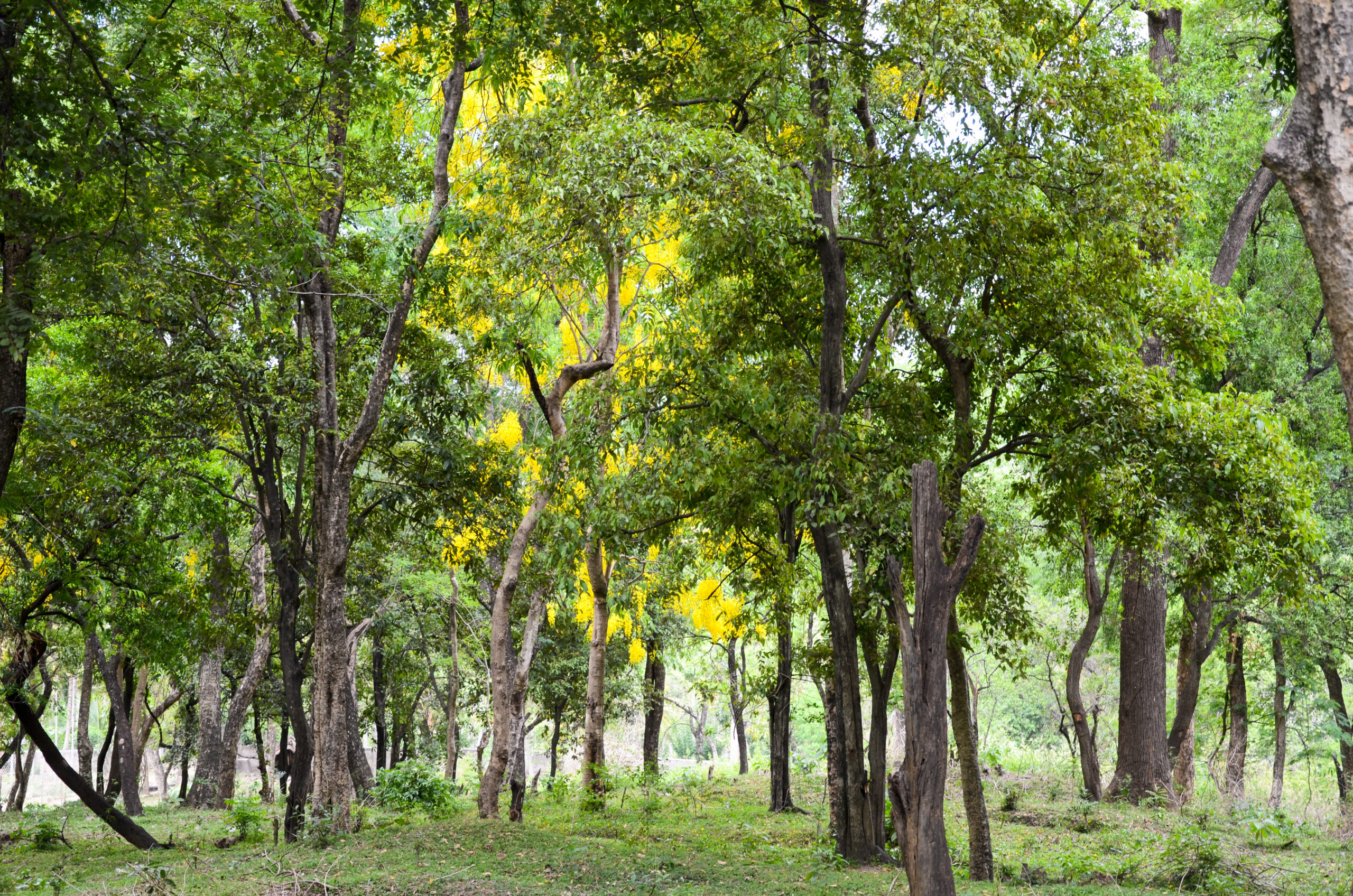
Indian Sandalwood is highly valued for its aromatic wood and essential oil, used in perfumes and religious ceremonies. Overharvesting and illegal trade have led to a sharp decline in its population. Conservation programs now focus on planting sandalwood in controlled environments and enforcing stricter regulations on its trade. Educating farmers about sustainable harvesting techniques is also essential to ensure its future.
This article originally appeared on Rarest.org.
More from Rarest.org
11 Prestigious Cigar Brands Favored by Aficionados

Cigar enthusiasts know that not all cigars are created equal. Certain brands have earned a reputation for craftsmanship, consistency, and flavor that truly stand out. Read More.
15 Lesser-Known Species on the Brink of Extinction

Many species around the world are facing the threat of extinction, but not all of them are well-known. Read More.
10 Unexpected Items That Skyrocketed in Value Over Time

Some items start out as ordinary purchases but unexpectedly gain immense value over time. Read More.
